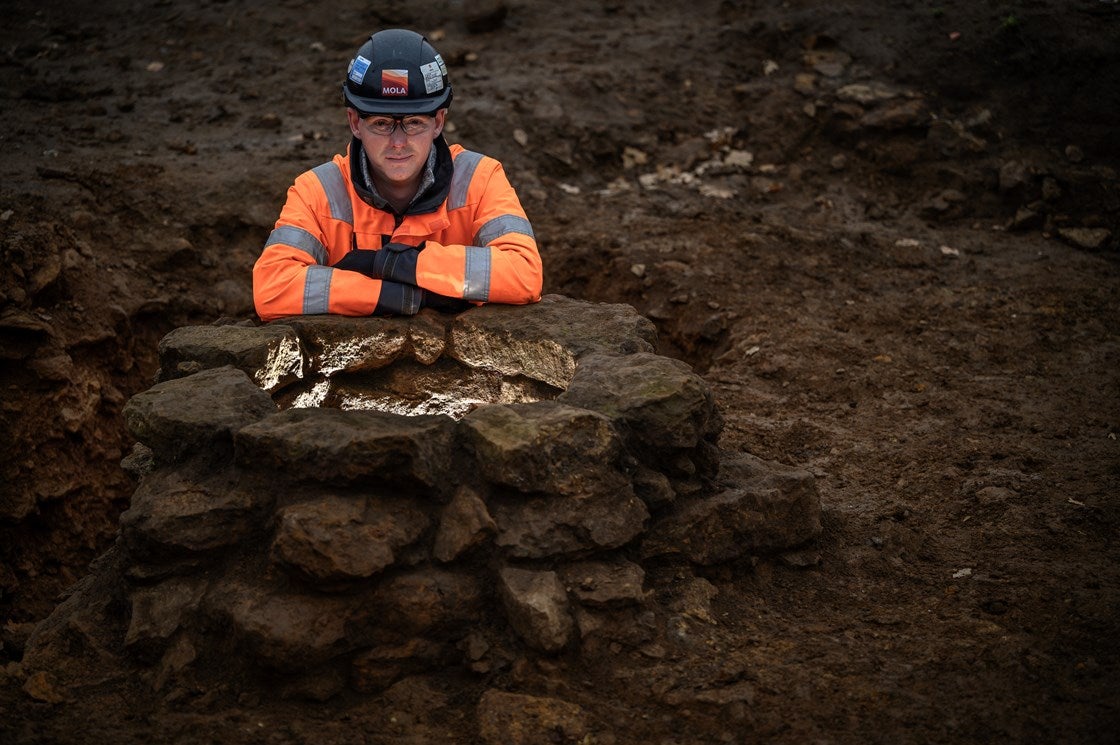Is archaeology being used to make HS2 look good?
As a rare Roman settlement is discovered along the HS2 route in Northamptonshire, Rory Sullivan investigates the relationship between the controversial train line and the archaeology industry

On a cold and blustery December morning, archaeologists dotted the land, trowels in hand, gingerly unearthing finds from Roman Britain. They wore luminous orange high-vis jackets and vests and gave the drab landscape of rolling fields and sheep a rare splash of colour. This excavation at Blackgrounds, in south Northamptonshire, is one of roughly 100 that have taken place along the London to Birmingham HS2 line, the first phase of a rail project beset by public criticism over its environmental impact and spiralling costs.
Taken collectively, the HS2 excavations form the UK’s largest ever archaeology project. After hundreds of potential sites were surveyed along the route, work began at some of the locations, resulting in the recovery of objects and human remains dating from the Neolithic to the Victorian era. The best discoveries made so far include a striking pair of Roman statues found beneath a Norman church in Stoke Mandeville, Buckinghamshire, a hoard of unusual Iron Age coins that came to light in Hillingdon, west London, and a vast burial site disinterred next to the capital’s Euston station.
Subscribe to Independent Premium to bookmark this article
Want to bookmark your favourite articles and stories to read or reference later? Start your Independent Premium subscription today.
Join our commenting forum
Join thought-provoking conversations, follow other Independent readers and see their replies